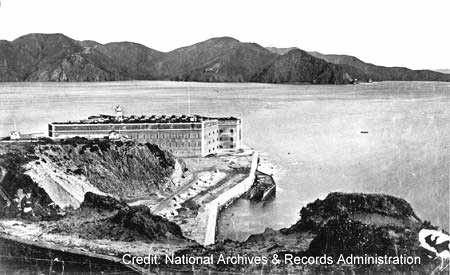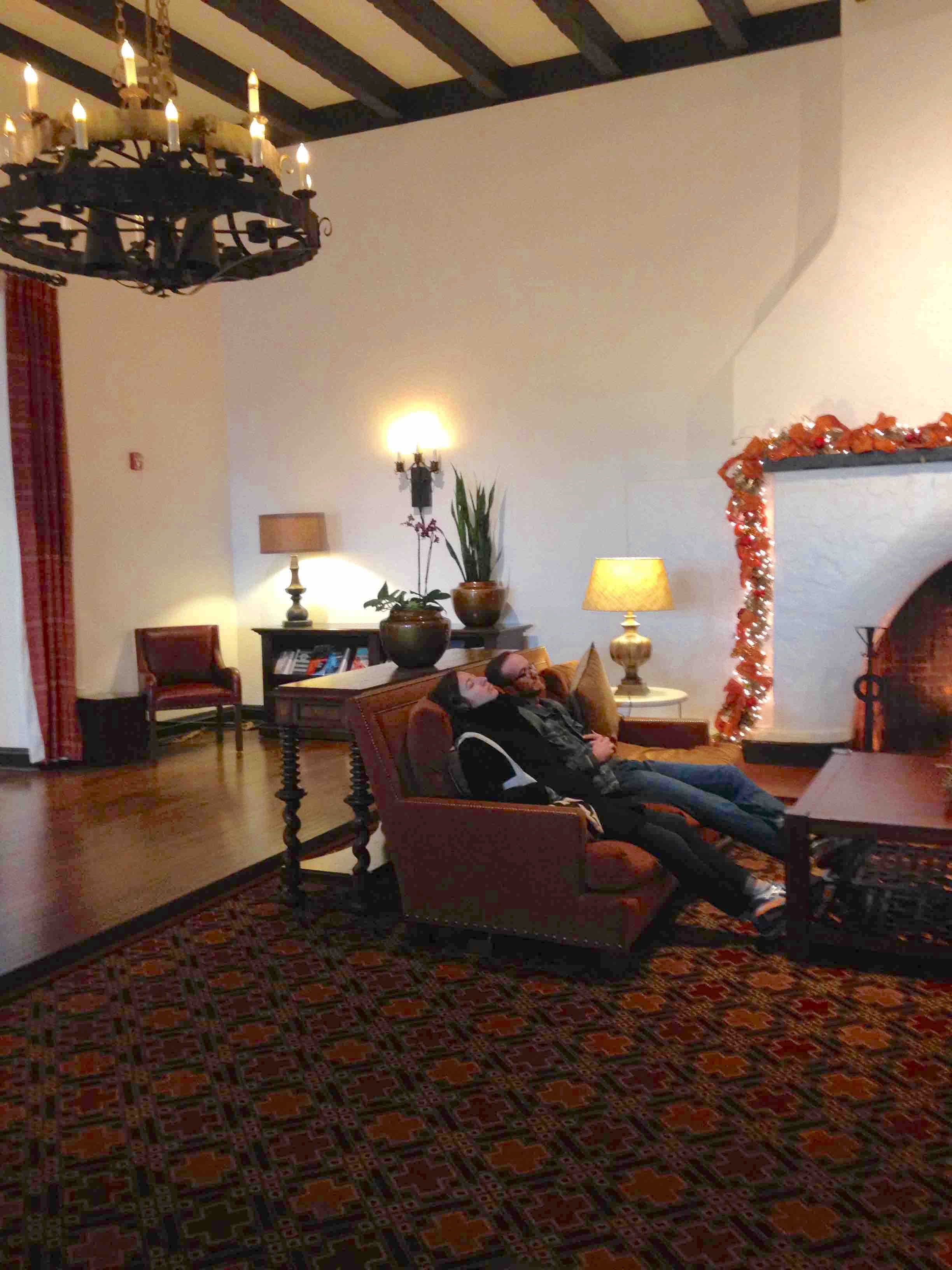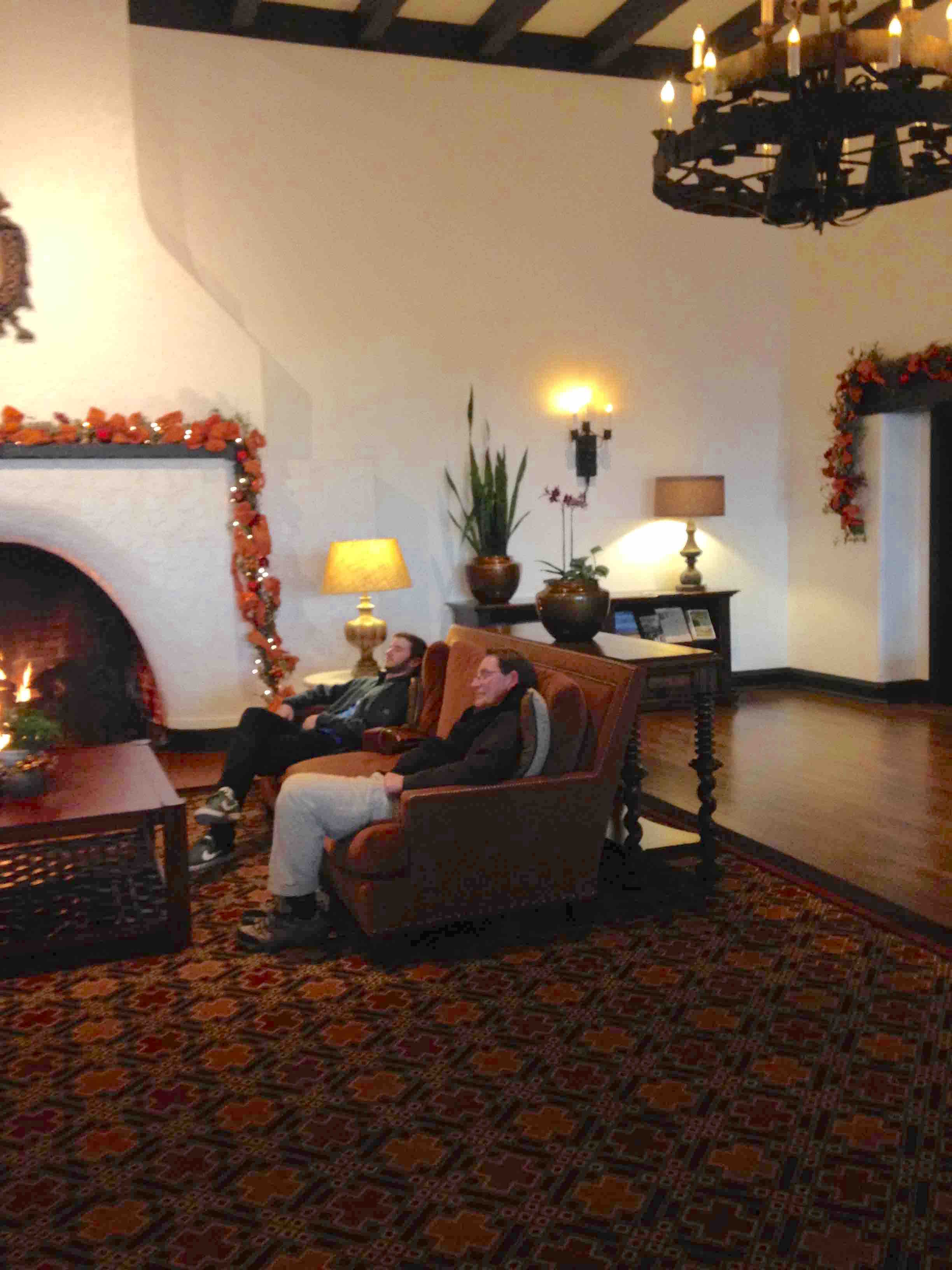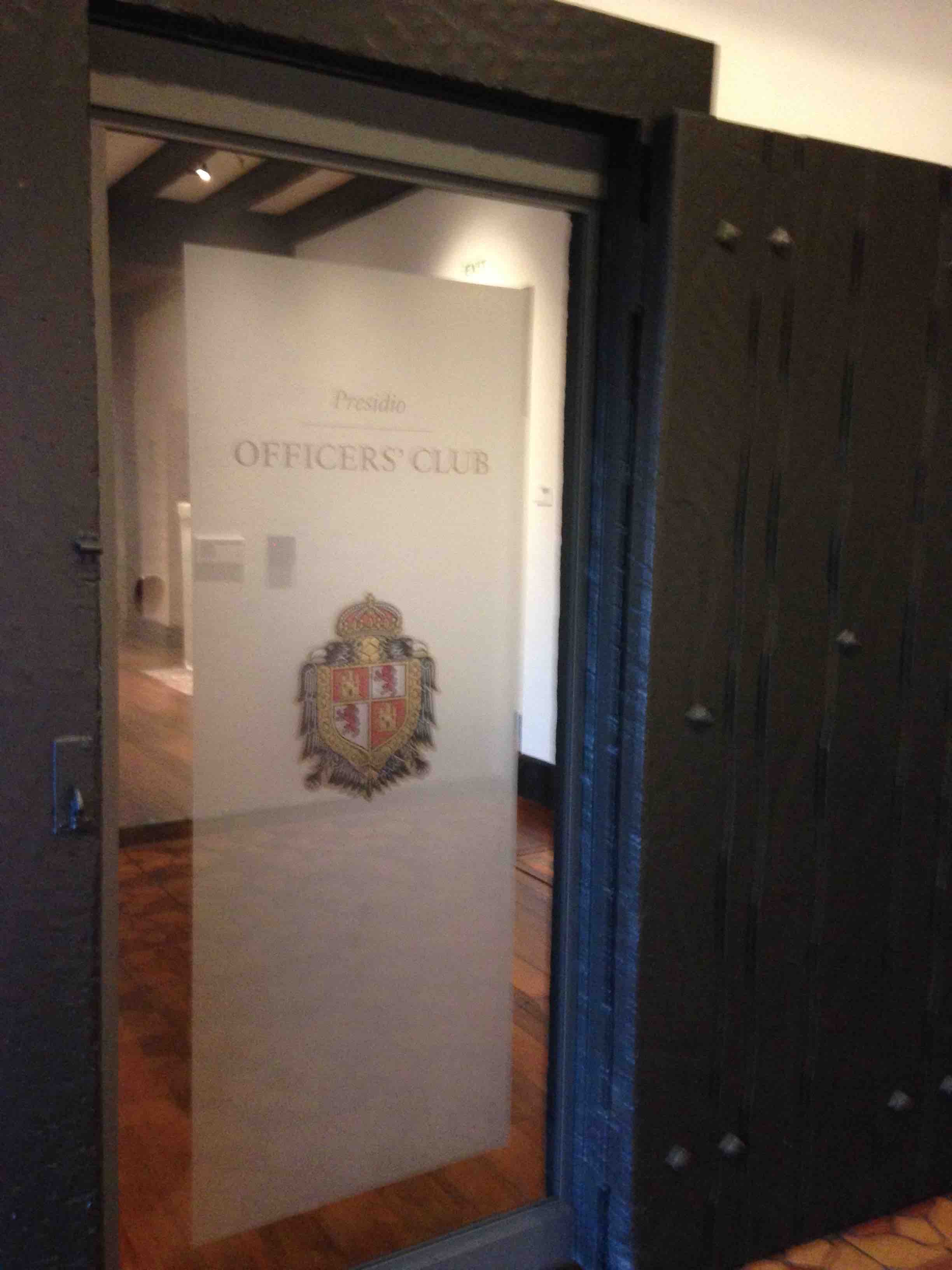The Presidio in the Civil War
/On a recent family to San Francisco, we encountered a lot of history (Gold Rush, gay rights movement, Haight Ashbury, etc.), but the Civil War was not top of mind, or even guidebook.
But, of course, it was there. In 1861, California had been a state for less than a decade. While there was certainly Confederate sentiment, especially around San Diego, the state remained in the Union. Men joined up in a few California regiments (including "the California Brigade" at Gettysburg) and also within regiments of other states. The business community sent money (gold) east. Alcatraz Island was used as a prison for Southern sympathizers, making clear the potential of this nearby but isolated island in the rough waters of the bay.
The Presidio, which now takes up a 5% of the city's geographic area, expanded its role as a military outpost during the Civil War and kept on until closed as a military installation in the early 1990s. The National Park Service now operates it.
From the BART website. Of course, the bridge was not there during the Civil War, but how could I write about San Francisco and not show it at all?
It began life as a Spanish fort, its most northern outpost in the Americas, although the Ohlone tribe lived on and near the land for centuries before. The U.S. has occupied it beginning in 1846.
Fort Point, near what is now Golden Gate Bridge, was originally built to deter foreign attack into the San Fransisco Bay (not sure which foreign powers would be the most menacing given the time period). When the war began, the commanding officer resigned his commission to join the Confederacy, like Robert E. Lee and about one-third of the U.S. Army officers. The fort was maintained against any Confederate incursions, though none occurred.
Fort Point
For those into this sort of thing, according to the Park Service site, "Fort Point stands as an example of Third System fortification architecture," used along coastlines (so-named because of improvements from the first and second systems of building these forts). If I am understanding correctly, the forts made use of the cliffs and other features of the coastlines, rather than leveling the area flat.
Actually, when I think of California Civil War personalities, John Fremont is top of mind. Fremont, it turns out, was born in Georgia and educated in South Carolina but went west in the 1830s. He captured parts of California during the Mexican-American War in the 1840s and represented California in the Senate in the early 1850s. By the Civil War, he was further east (Missouri, then Virginia, but locking horns with Lincoln and fellow officers). So, while there are lots of Fremont-inspired place names in California, he was not at the Presidio during the Civil War.
The Officers Club
The day we visited, a sunny day between Christmas and New Year's, people thronged the roads and parking lots around the bridge. We were making our escape when we realized that the museum we were aiming for was in the Officers Club, not the Visitors Center. A few turns here and there, and we were in a different, quiet world. The parking lot in front of the club yawned with empty spaces. We went into the Spanish-styled building. An exhibit about the Presidio in the back, about the club itself in the front (including much earlier archeological excavations), and a restaurant. A huge sitting area where visitors are actually encouraged to sit and relax and not do anything--as you can see, we obliged.
The exhibits show the good and bad accomplished through the years, including as a base to wage war against Indians and to coordinate the internment of Japanese Americans during World War II. Yet it also provided open space and forests, and became its own world of housing, health care, and social life.
'






